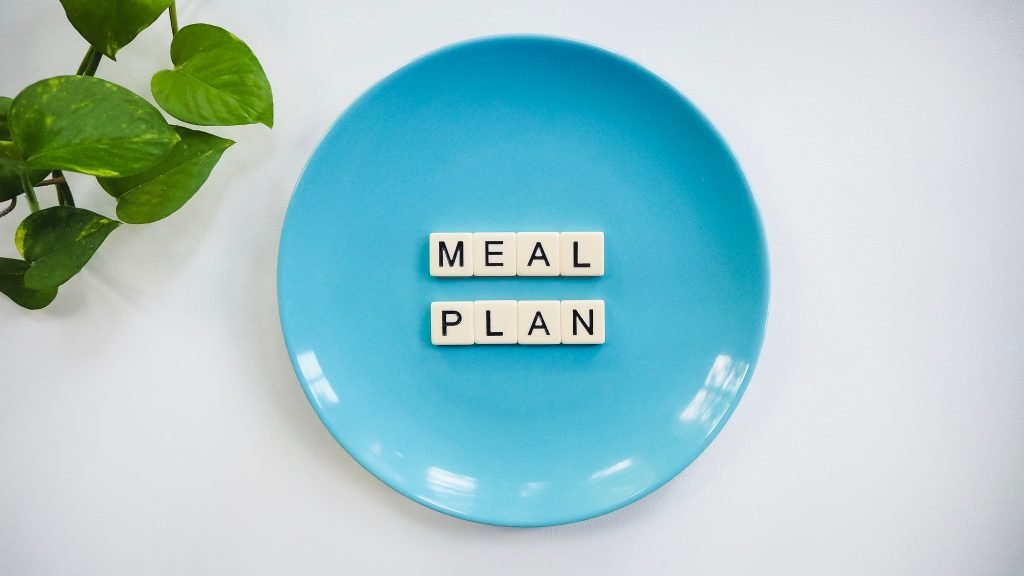Introduction
When we have small talk with our friends and colleagues, we often discuss good and bad days. But today, let’s talk about something that brings us all together – food! Whether we’re working together or catching up with each other, food is what gives us the energy and fuel we need to keep going. And when we make some tweaks to our diet, we can see big changes in our body.
I had a chat with a doctor who was really fascinated by how quickly a “No Simple Sugar Diet” for two weeks helped her lose 3.5 kilograms of weight. She wanted to stay at a weight that she felt was just right for her health and wellbeing and made her feel her best self.
She mentioned that there are different ways to change your diet, like the very strict “One Meal a Day” plan, the “Ketogenic Diet,” and the less strict “Small-portion diet.” But before you try any of these strict diets, especially if you have a medical condition, it’s a good idea to talk to a dietitian or a healthcare professional who can give you guidance.
We all know that eating well and staying active are essential for keeping a healthy weight and feeling good. You don’t have to do intense workouts. Even a 10-minute daily plan that targets specific muscle groups can make a big difference.
Remember, if you want to make a change, you need to track it. Keeping a daily record of your weight can help you see how it goes up and down. If you are familiar with run charts they easily reveal trends based on the variation they depict over time. If your weight is going in the wrong direction, it can motivate you to try a different approach.

Today, we’re talking about a diet plan that can help you shed those extra pounds when you need to. It’s called the “No Simple Sugar” strategy, and it’s quite effective.
Some really strict diets, like the ketogenic diet or the “one meal a day” plan, can often leave you feeling tired and may lead to quick but temporary weight loss. That’s because your body goes into a sort of starvation mode, trying to save energy.
On the other hand, a balanced diet, like the one we’re talking about here, along with regular exercise, can help boost or at least maintain your basic metabolic rate. Instead of slowing down, your body keeps burning calories at a good pace.
How to set a weight target
When you want to determine your ideal weight using BMI is universally a good measure. Clinicians use BMI to categorise weight classes, from underweight to obese. You can check your BMI using the calculator below.
- < 18.5 is underweight
- 18.5 and 24.9 is healthy
- 25 and 29.9 is overweight
- 30 or over is obese
Another helpful measure is your waist-to-height ratio, which can indicate if you have excess belly fat, even if your BMI is in a healthy range. If your ratio is over 0.5, it’s a sign of having too much body fat, but keep in mind it’s not always perfectly accurate. Nonetheless, it’s a good indicator that you should also check other aspects of your metabolic health, like blood pressure and cholesterol. You can find more information on this topic here.
Now, let’s go back to BMI. Typically, there’s a range of expected weight based on your height. If your goal is to lose weight, any progress towards the ideal weight range for your height is a step in the right direction. For example, if you’re a 40-year-old man with a height of 172cm, your ideal weight range is roughly 55kg to 74kg. If you currently weigh 92kg, then any move towards the upper limit of that ideal range is beneficial. Just remember, it doesn’t have to be a drastic change unless you’re getting ready for a movie role. A gradual decrease over the course of a year is both realistic and achievable.
Choosing a meal plan

What exactly does the “No Simple Sugar” meal plan involve? Here’s a weekly meal plan that excludes certain foods:
Excluded Natural Sources: Grapes, citrus fruits, pawpaw, mangos, pineapples, Rice, Garri.
Excluded Refined Sources: bread, cakes, chocolate, wine, fruit juice, sweeteners or granular sugar, honey.
If you take a closer look, you’ll notice that all of these foods quickly raise your blood sugar levels, which in turn triggers the release of insulin. This surge in insulin can cause a subsequent drop in blood sugar, leading to energy slumps and cravings for more sugary stuff. During this diet plan, and as much as possible in your regular diet, it’s a good idea to cut down on the consumption of refined sugars.
The “No Simple Sugar” meal plan is quite diverse and features some great foods, with a focus on vegetables.
Here’s how she mixed and matched these foods for breakfast, lunch, and dinner:
Breakfast: Coffee with evaporated milk and water-soaked chia seeds.
Snacks: Cucumber with peanuts.
Lunch: Vegetable soup made with Kale and Spinach, with turkey or chicken. Also, a lettuce salad with tomato, onions, chicken, or egg.
Dinner: You can have Akara or Moimoi, Greek Yogurt, or fried egg with vegetables.
Staying well-hydrated is important too. Make sure to drink around 2.5 to 3 liters of water throughout the day.
Pros and Cons
There are great benefits to this meal plan. It helps you save money. It saves time, encourages healthier eating, boosts your mental well-being, and keeps you in good shape. It might even help with reducing fatigue, minimising bloating, and maintaining regular, comfortable bowel motion.
This plan can also be a good starting point for your weight loss journey.
However, it’s important to note that sticking to a very strict meal plan for too long might become tough. You might get tired of eating the same things repeatedly and start craving other foods. In that case, you can use this meal plan intermittently and mix things up by adding different foods like spaghetti, tofu and whole wheat bread from time to time.
Conclusion
Here’s some general advice for losing weight: set small goals for short periods, like every two weeks, and adjust as you progress.
If you ever find yourself feeling stuck in your weight loss journey, saying, “No matter what I try, I can’t shed those pounds!” – give the “No Simple Sugar Meal Plan” a shot. This plan can help you lose weight periodically, and with consistency, you’ll see a net loss over a year, getting you closer to your weight goal. It shares similarities with the Piopi diet plan, which you can learn more about here.
The concept and science behind weight loss work. By eating regularly to avoid feeling hungry, staying active, and making thoughtful food choices, you can achieve the weight loss you desire.
We hope you’ve enjoyed reading this article. Read more about helpful tips for your mental health here.




Nice
Thanks for reading.